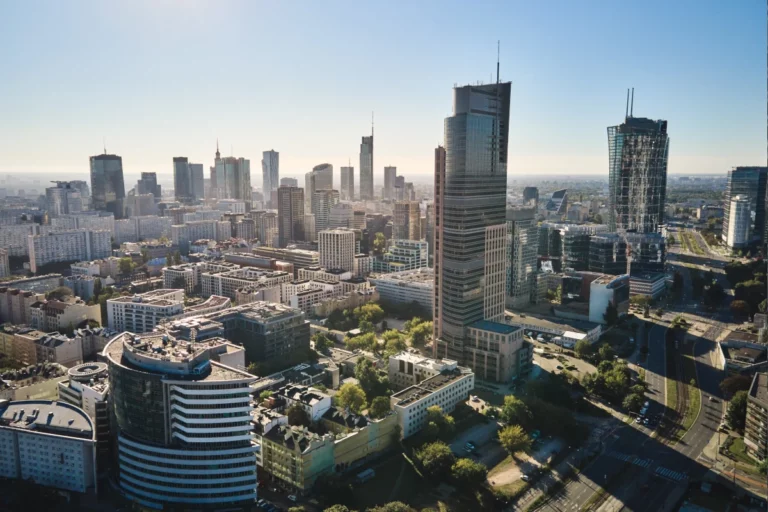Gdansk, the pearl of the Baltic Sea
The first city described in this blog was, of course, Warsaw – the capital of Poland. The second will be Gdansk, a city that will enchant almost everyone.
Introduction to Gdansk
Gdansk, the pearl of the Baltic Sea, is a city that impresses with both its centuries-old history and its dynamic development. Located in the north of Poland, on the Motlawa River and the southern shore of the Gulf of Gdansk, it is not only one of the oldest, but also one of the most innovative cities in the country.
The city is characterized by remarkable architecture, with traces of the past mixed with modern, newly constructed buildings. Gdansk has undergone an amazing transformation in recent years, becoming one of the most dynamically developing cities in Poland. Modern office buildings, shopping centers, as well as infrastructure investments testify to its continuous development.
Gdansk is perfectly connected both with the rest of Poland and abroad, making it easily accessible to tourists from all over the world. Lech Walesa Airport in Gdansk handles flights from many European cities, and a well-developed rail and road network makes it easy to reach the city from other parts of the country.
However, it should not be forgotten that Gdansk is part of a larger urban complex – the Tricity, which it forms together with the fashionable resort town of Sopot and the maritime city of Gdynia. The proximity of these cities adds to Gdansk’s appeal, giving tourists an easy way to explore the diverse experiences this unique area has to offer.
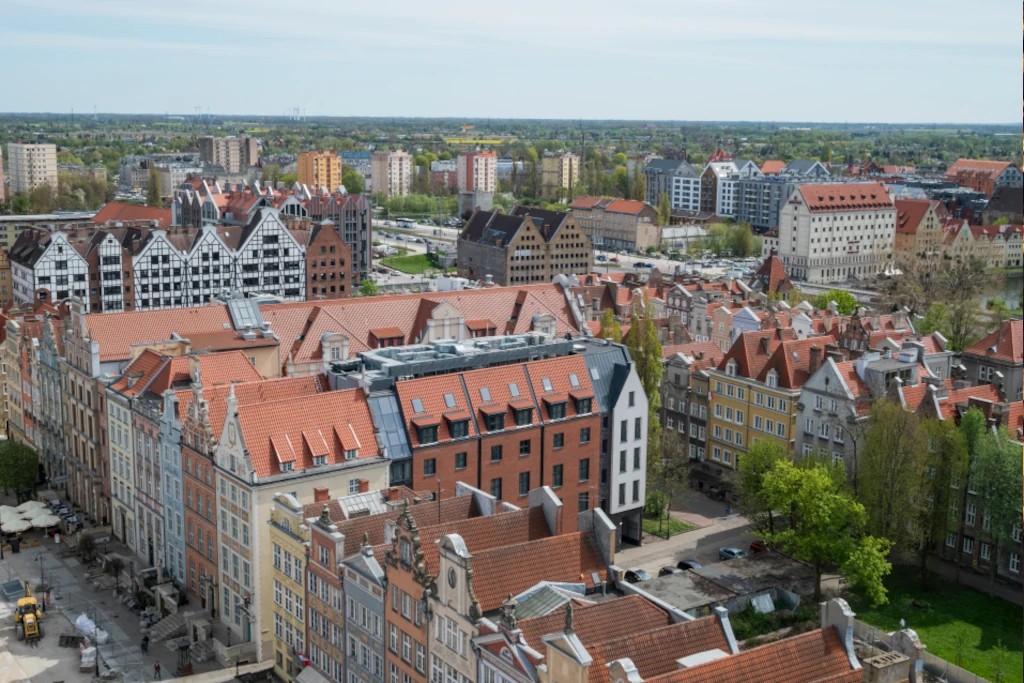
But what really makes Gdansk unique is its blend of rich history and culture with innovation and dynamism. From the medieval townhouses of Dlugi Targ, to the iconic Gdansk Shipyard, to the modern World War II Museum, Gdansk is a city that transcends time at every turn, while respecting and celebrating its roots. This is a place that lives its history, but is not afraid to look to the future.
Gdansk offers a huge variety of tourist attractions. Everyone will find something for himself here. Whether you come to Gdansk in summer or winter, whether the weather will be beautiful or it will rain, in Gdansk you will not be bored. Whether you’re a lover of history, architecture, culture, or simply enjoy discovering new places, Gdansk is a city that is sure to enchant you.
History of Gdansk
Early history and the rise of the city
The history of Gdansk, one of the oldest cities in Poland, dates all the way back to the 10th century. The first mention of the settlement that was to become this magnificent city dates back to 997, when the missionary bishop Adalbert died in Prussia. The first real city was founded in the early 14th century by the Teutonic Order, which took advantage of Gdansk’s strategic location on the Motlawa River and proximity to the Baltic Sea to expand its power.
Gdansk’s role in the Hanseatic League and its importance as a port
Gdansk played a key role in the Hanze, a medieval trade association bringing together the cities of northern Europe. The city quickly became an important seaport and center of trade, especially in amber, grain and timber. In the 16th century, Gdansk was called the „Rye Granary of the Republic” due to its major share of grain exports. The city’s size and wealth were reflected in its magnificent architecture and culture.
The importance of Gdansk in the 20th century: the Free City of Gdansk, World War II, Solidarity
In the 20th century, Gdansk witnessed many key historical events. After World War I, as part of the Treaty of Versailles, Gdansk became a „Free City” under the protection of the League of Nations. It was a period of independence, but also of tension between the Polish and German communities of the city.
Then, it was in Gdansk that World War II began on September 1, 1939, when German forces attacked a Polish military post – the Polish Post Office and Westerplatte. The war brought great damage to the city, but after the war ended Gdansk was rebuilt and once again became an important industrial and cultural center.
Another key moment in the history of Gdansk was the rise of Solidarity in 1980, the first independent trade union in the Eastern Bloc. From the Gdansk shipyard, under the leadership of Lech Walesa, began a movement that eventually led to the collapse of communism in Poland.
Gdansk is a city that lives its history and continues to do so in a variety of ways – from restoring and preserving historical monuments, to organizing various historical events, to educating and commemorating important events. This deep-rooted history is one of the elements that make Gdansk such a unique and fascinating place to visit.
Monuments and tourist attractions of Gdansk
Main monuments
St. Mary’s Basilica
St. Mary’s Basilica, also known as the Basilica of the Assumption of the Blessed Virgin Mary, is one of the most important monuments in Gdansk. It is the largest brick church in the world, known for its impressive interior, magnificent altar and views of the city from its tower.
Main Town Hall
The Main Town Hall is another must-see on every tourist’s map. Its magnificent facade and tall tower are a symbol of the city. Inside is the Historical Museum of the City of Gdansk, which tells the rich history of Gdansk.
Long Market
The Long Market, along with the Long Embankment, is the heart of the Old Town of Gdansk. It is surrounded by historic townhouses that were once the residences of wealthy Danzig merchants. Dlugi Targ is also home to the famous Neptune’s Fountain.
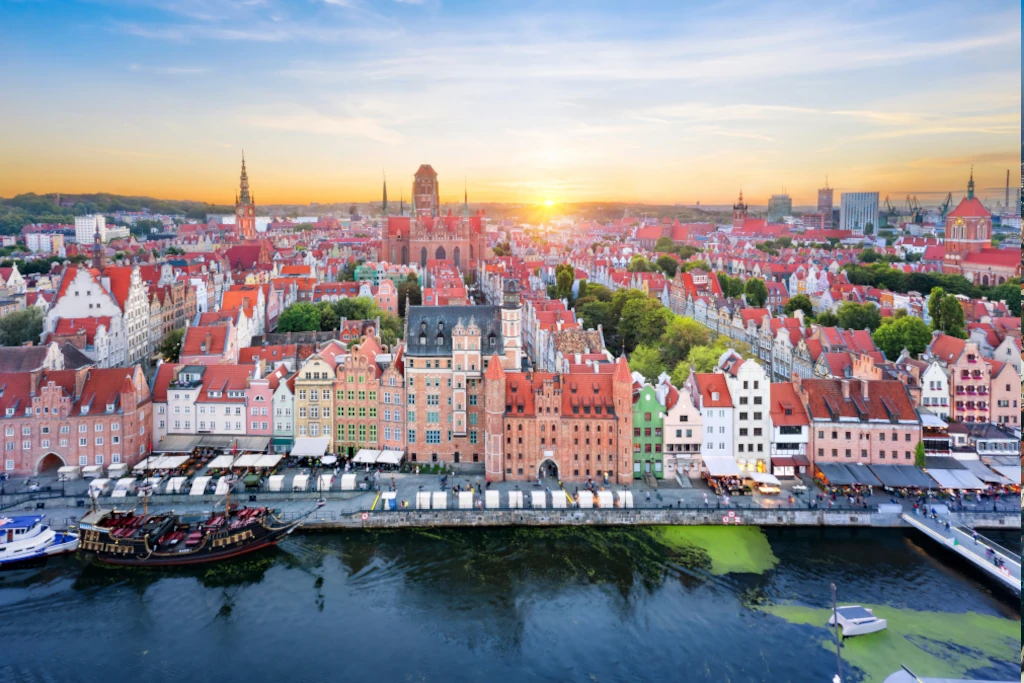
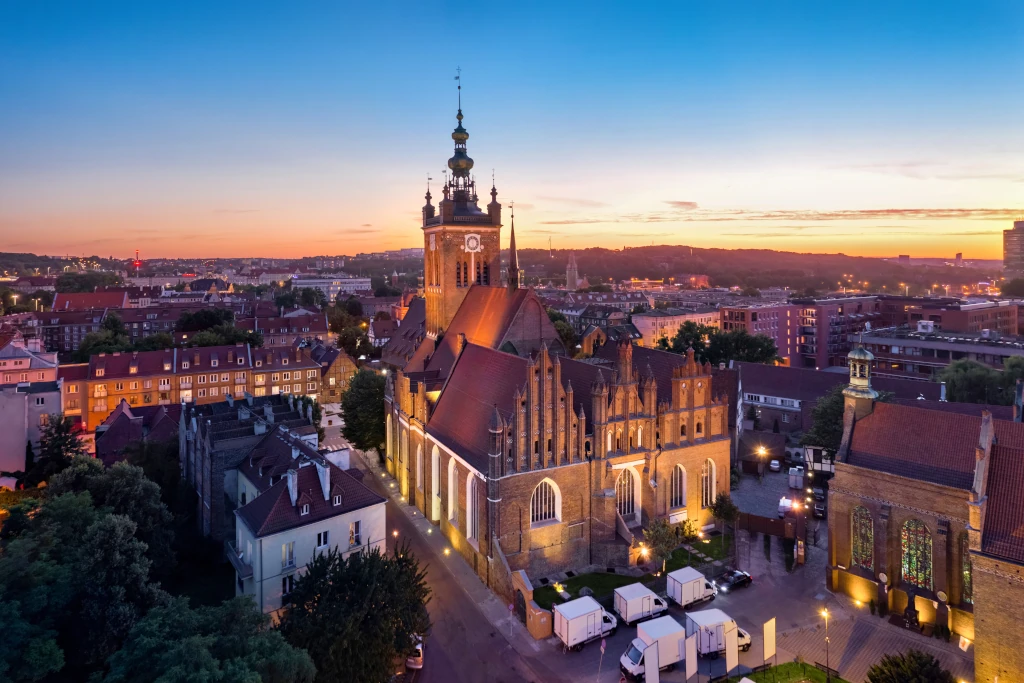

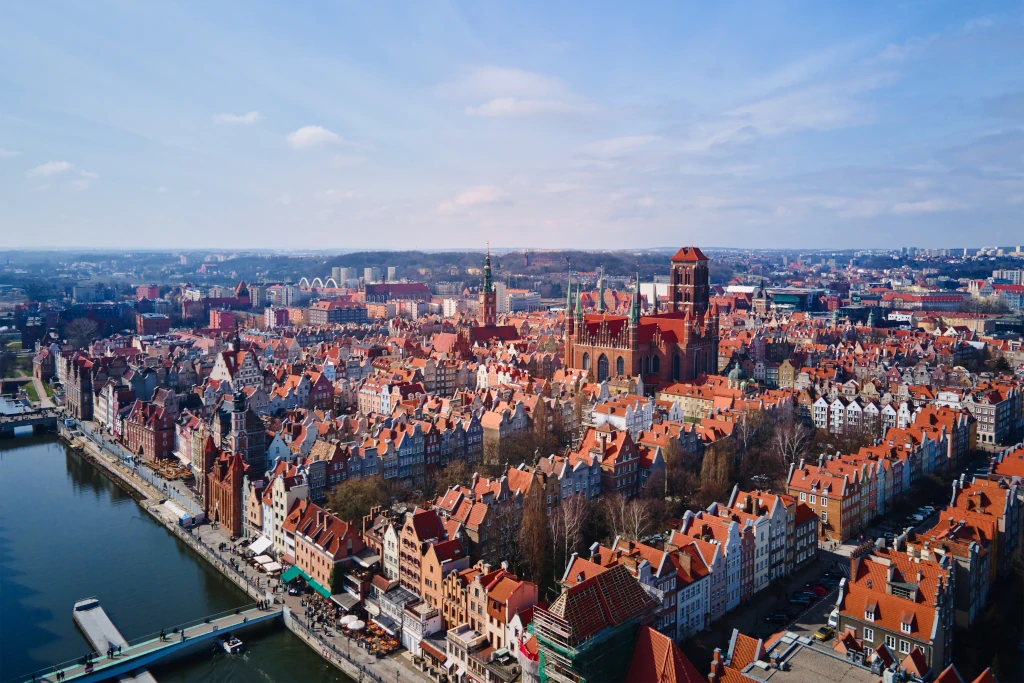
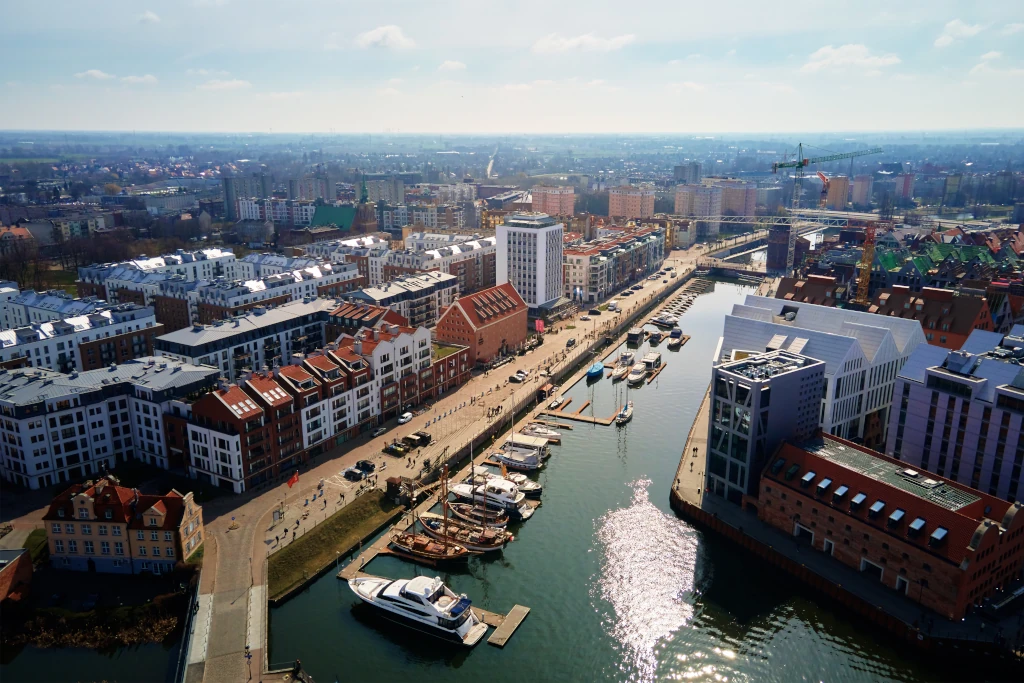
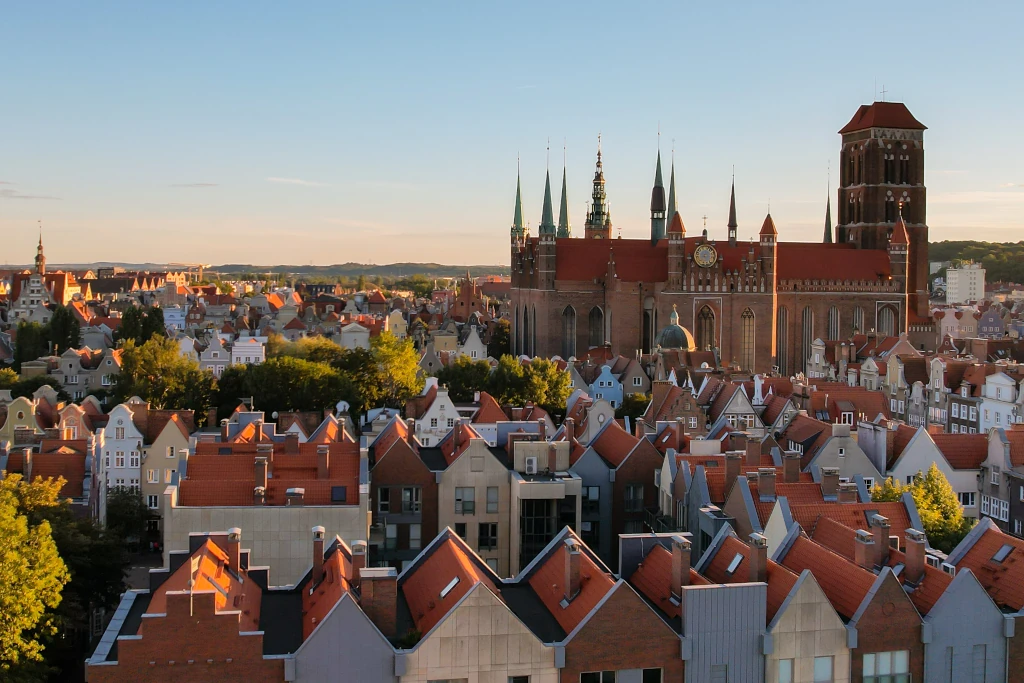
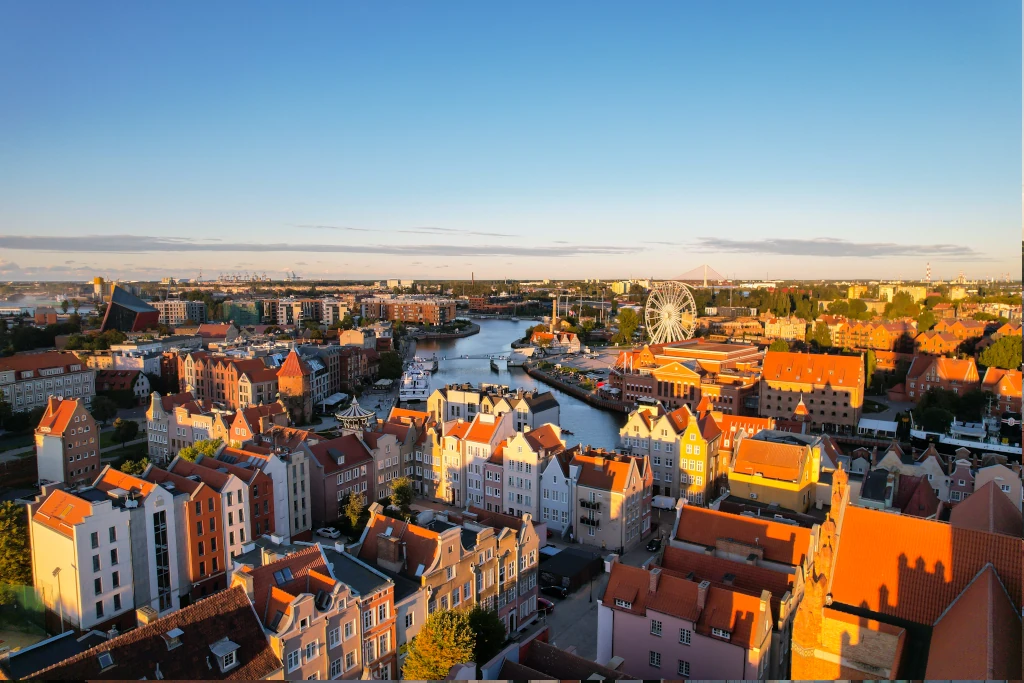

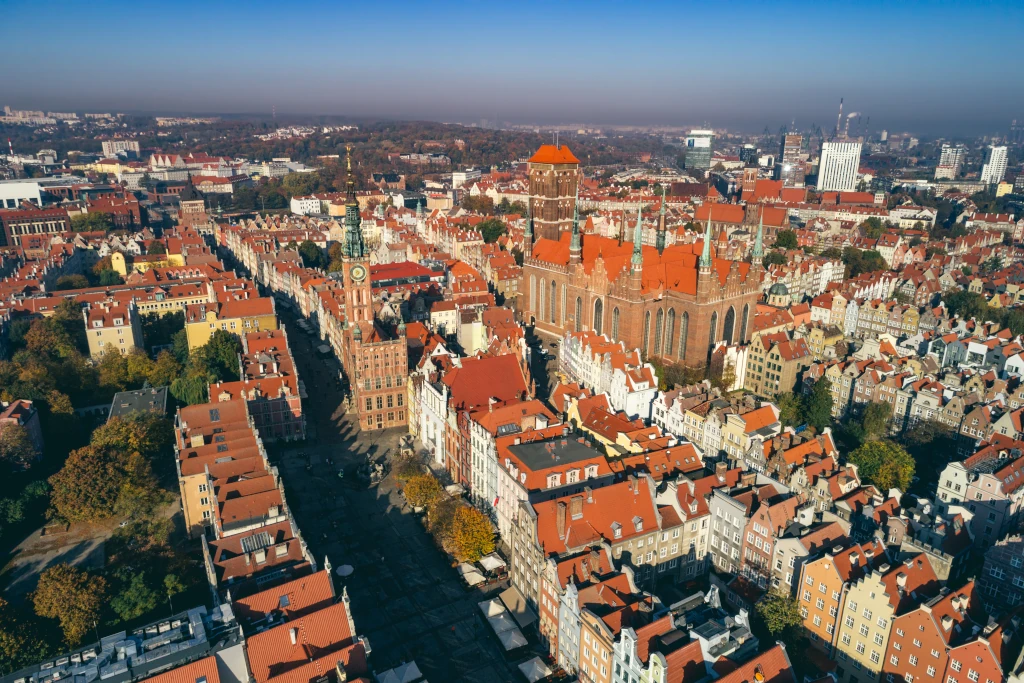
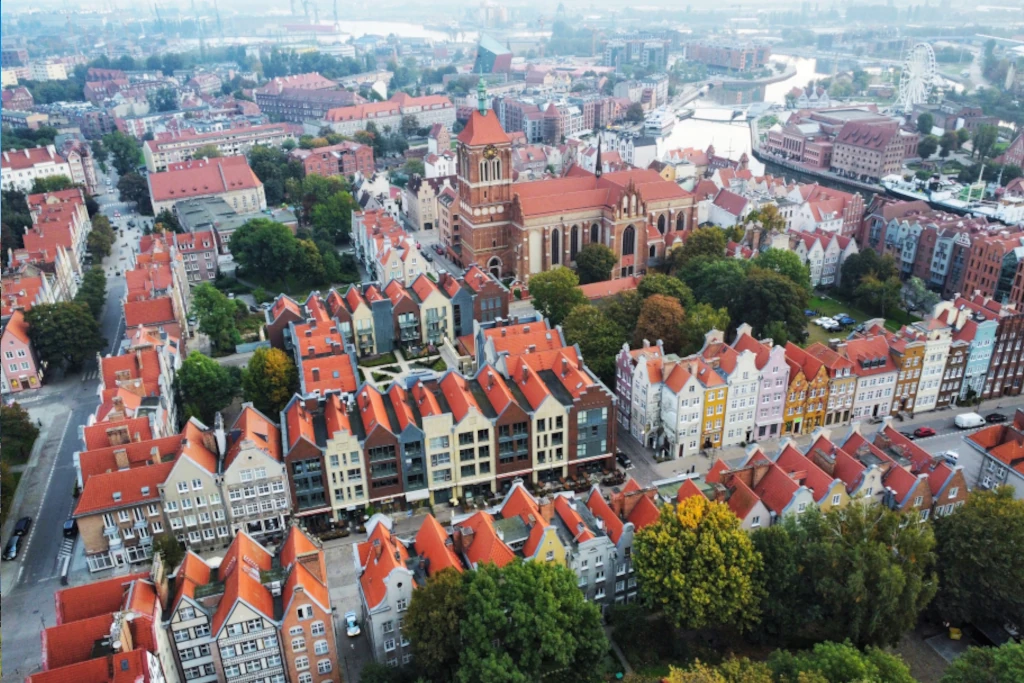
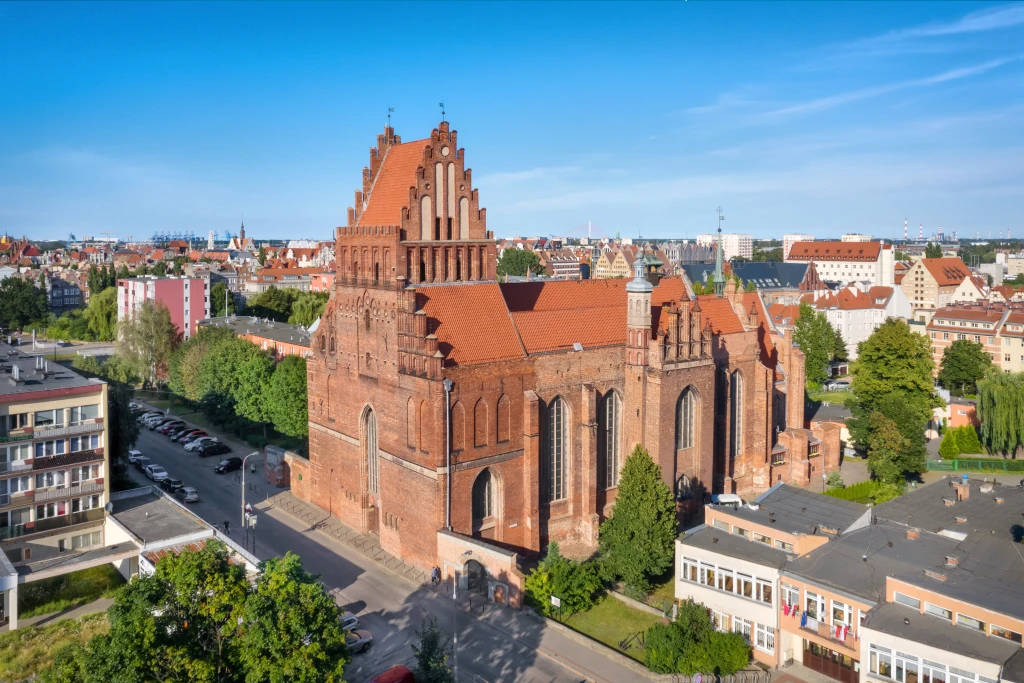
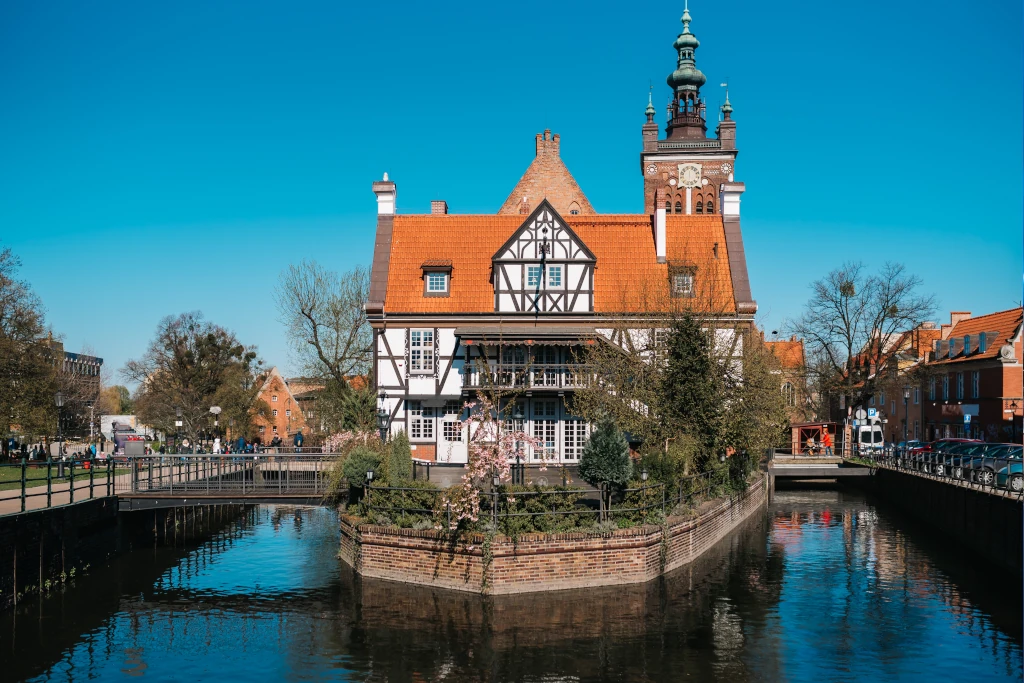
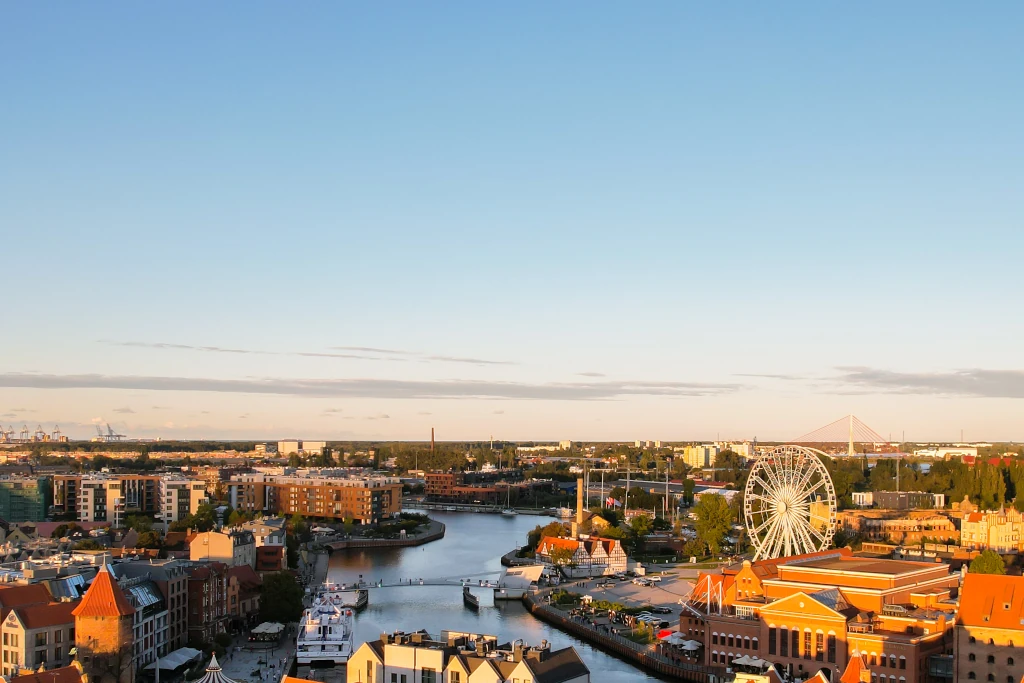
Neptune Monument
It is impossible to miss one of the most recognizable symbols of Gdansk – the Neptune monument. This bronze statue of the god of the sea, standing on a fountain on Dlugi Targ, is one of the most popular photo spots in the city.
The statue, completed in 1633, is an important element of Gdansk’s architecture and evidence of the maritime influence on the city’s culture and history. Surrounded by colorful townhouses and located near other important landmarks such as the Main Town Hall and Artus Court, the Neptune Monument is the heart of Gdansk’s Old Town. While strolling down Dlugi Targ, be sure to stop by the Neptune Monument to feel the atmosphere of this magical place and immortalize your visit to Gdansk.
Artus Court
Artus Court is one of the most representative buildings in Danzig. In the Middle Ages it was a meeting place for merchants and a venue for important social events. Inside there is a richly decorated ballroom and collections of artwork.
The Crane
The Crane is the oldest surviving port crane in Europe, a symbol of Danzig’s power as a trading city. In the Middle Ages it was used to load and unload goods onto ships.
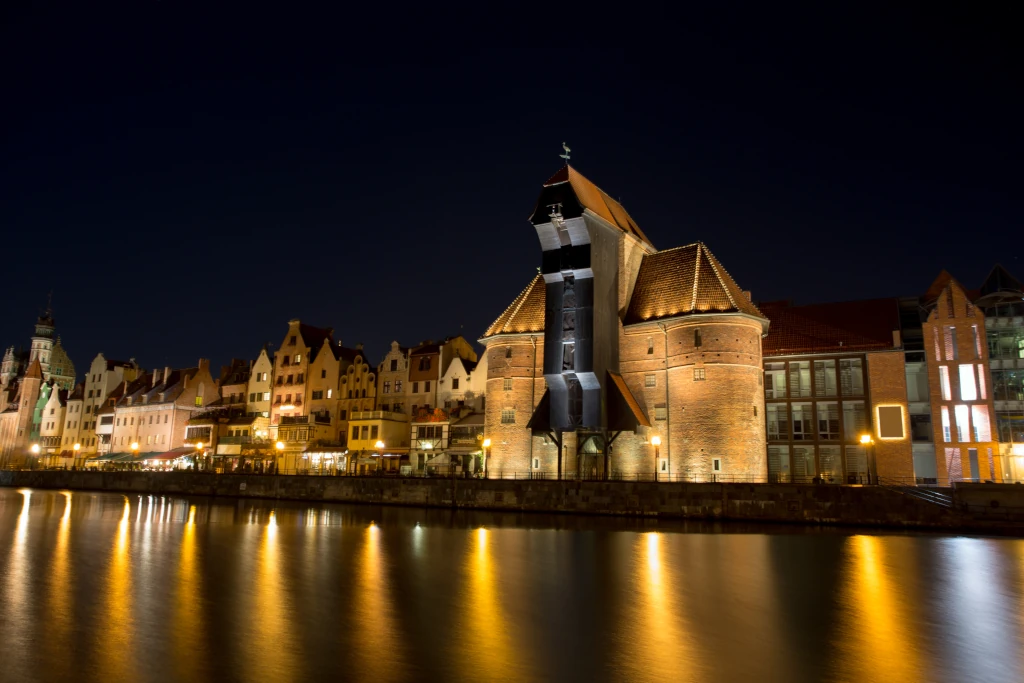
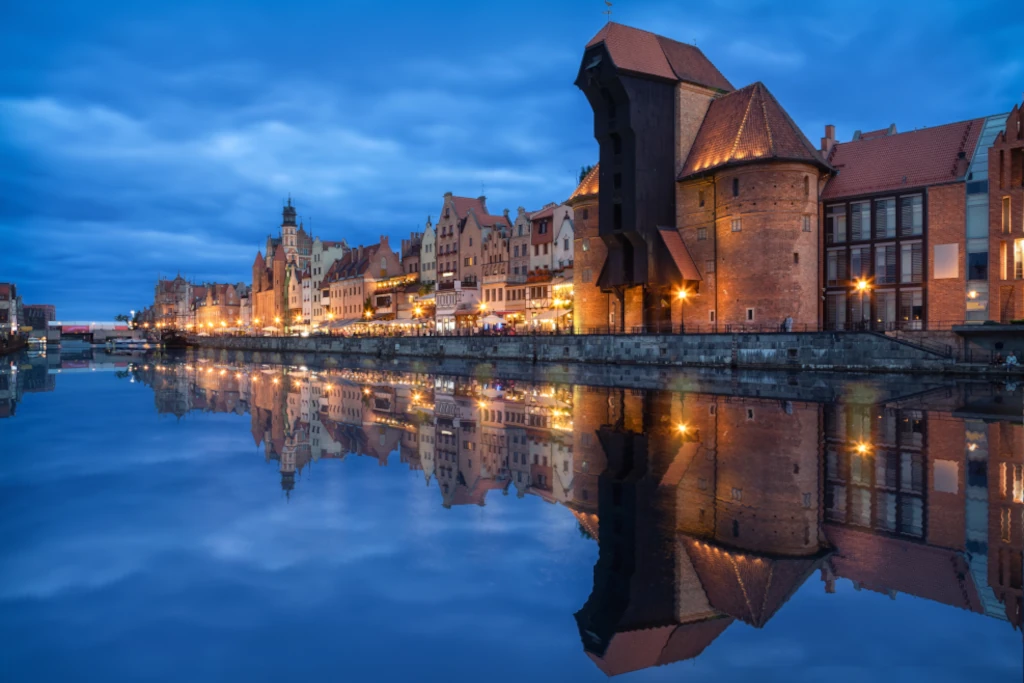
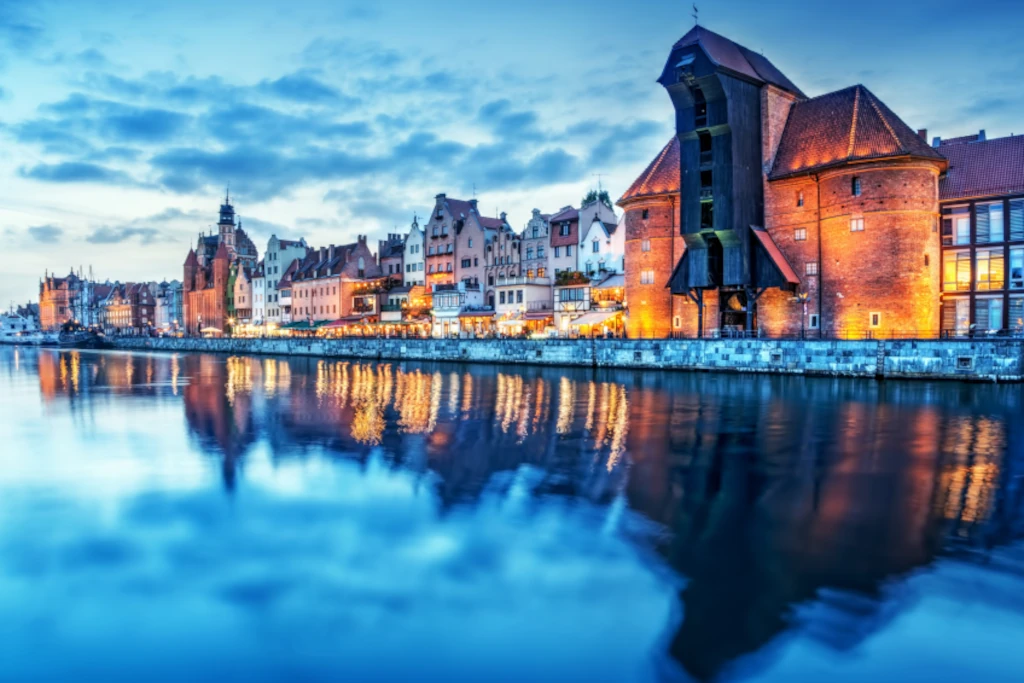
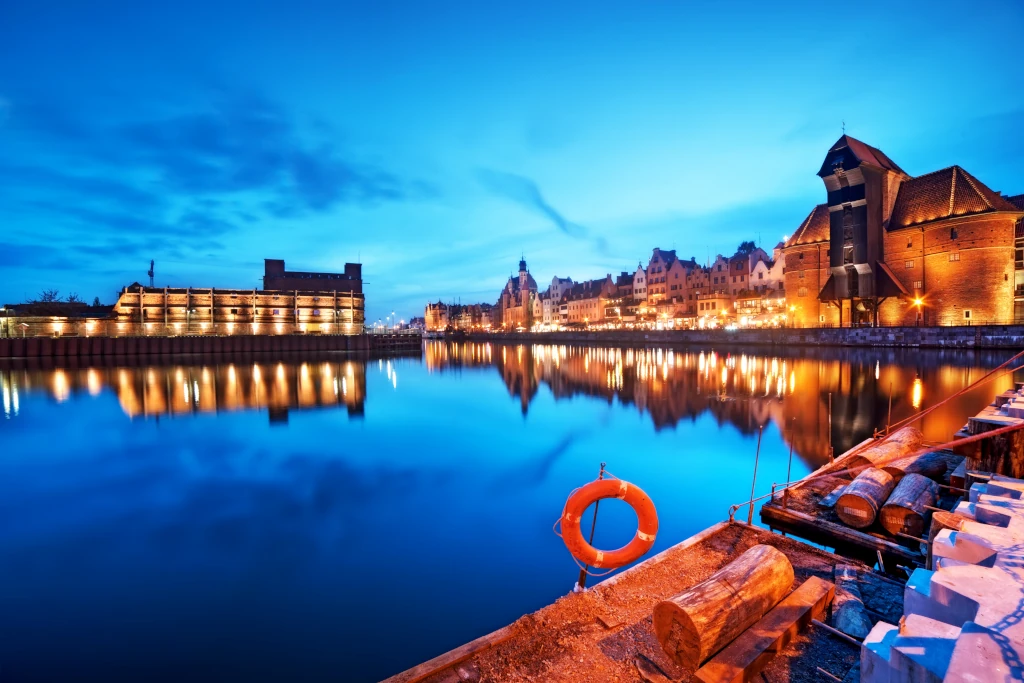
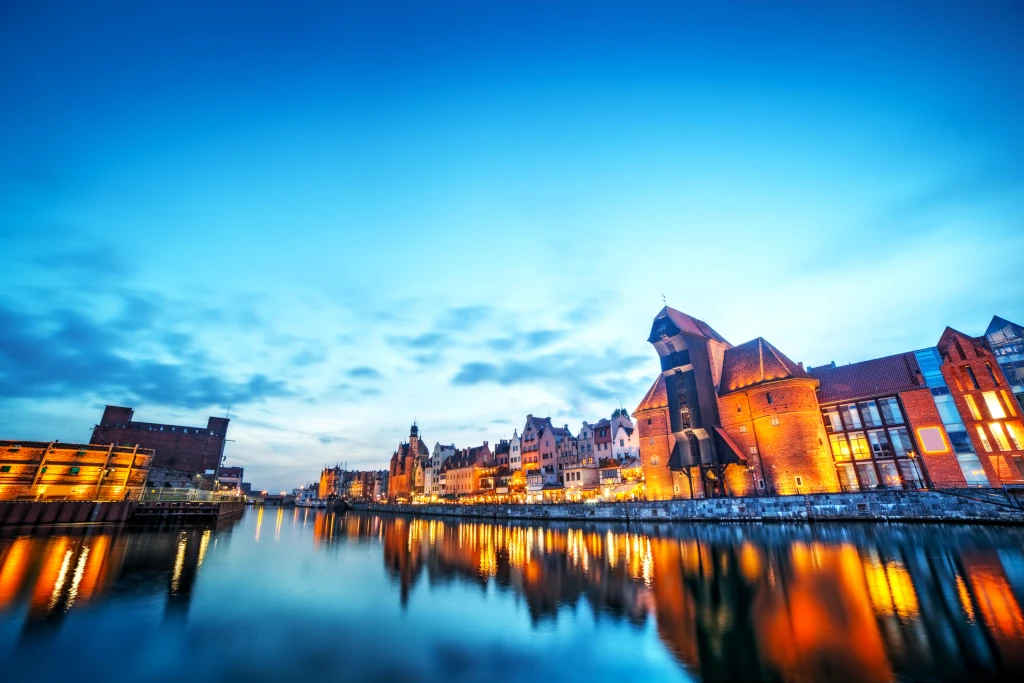
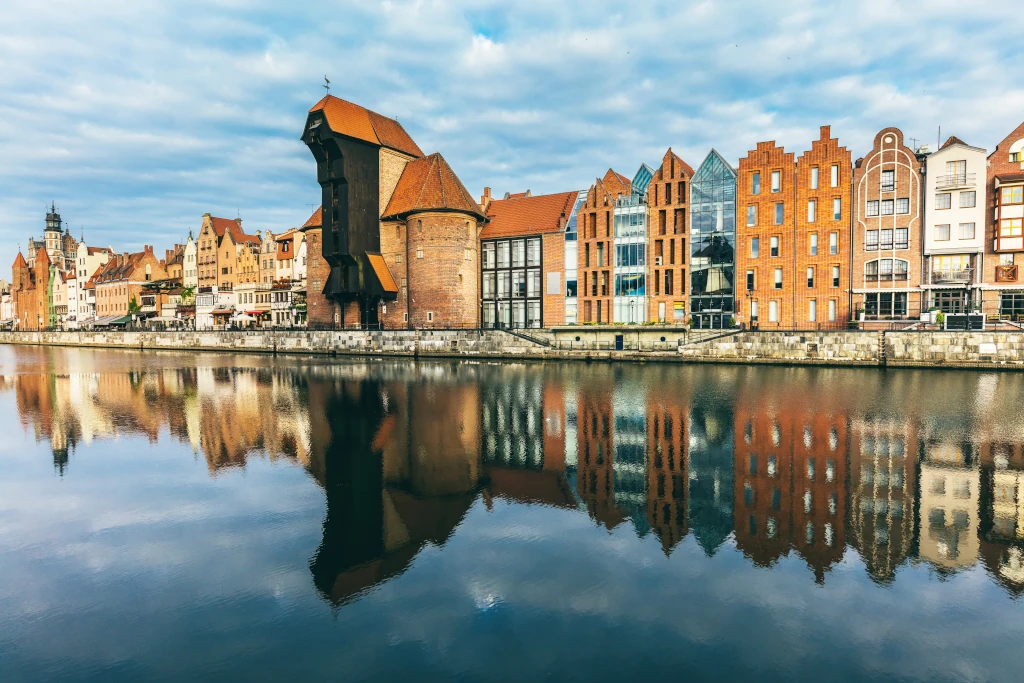

Museums
World War II Museum
One of the most important places to visit during your stay in Gdansk is undoubtedly the World War II Museum. This modern and interactive museum, which opened its doors to the public in 2017, is located near the Old Town.
The museum offers a unique look at the history of World War II, from a Polish and Central and Eastern European perspective that differs from the Western narrative. The permanent exhibition, spread over three levels, features hundreds of exhibits, including authentic documents, photos and even vehicles and weapons from the period.
In addition, the building’s impressionistic architecture, with a large glass monolith rising above the city, is worth seeing in itself. At the top of the building is an observation deck, offering a panoramic view of the city.
Note that due to high demand, it is recommended to book tickets in advance online. The museum also offers audio guides in various languages, allowing you to fully understand the content presented.
When visiting Gdansk, a visit to the World War II Museum is almost mandatory. It’s a moving trip back in time that will give you a better understanding of how this tragic historical period affected Poland, Europe and the whole world.
European Solidarity Center
The European Solidarity Center is a site commemorating the events of August 1980 and the founding of Solidarity. This interactive museum tells the story of the struggle for democracy in Poland and other countries in Central and Eastern Europe.
Amber Museum
Amber, the „gold of the Baltic,” is inextricably linked to the history of Gdansk. The Amber Museum is housed in a historic gate tower and offers an opportunity to learn about the process of amber creation, its use in different eras and beautiful examples of amber art.
National Maritime Museum
The National Maritime Museum in Gdansk is another place to visit during your stay in the city. The museum focuses on the history of sailing and Poland’s maritime heritage. Its collections include a variety of exhibits, from ancient nautical charts and ship models to artifacts from shipwrecks.
The museum is headquartered in the historic Olowianka Granary, but the National Maritime Museum also includes other branches, such as the observation tower atop the New Port Lighthouse and the Wisloujscie Fortress.
Museum on the Ship Sołdek
One of the most unique branches of the National Maritime Museum is the Museum on the Ship Soldek. Sołdek is the first ship built after World War II in Poland and the first ship of the B-30 series, built in the Gdansk Shipyard. Today, the ship is a tourist attraction where you can see what life on board was like in the mid-20th century.
These museums are an excellent place to deepen your knowledge of Gdansk’s maritime heritage, which has been inextricably linked to the sea and shipping for centuries.

Other attractions
Gdansk Shipyard
The Gdansk Shipyard is a place of great historical significance. It was here that the strike led by Lech Walesa began in 1980, which led to the creation of Solidarity and ultimately the fall of communism in Poland. Today, you can visit the European Solidarity Center here and see the famous Shipyard Gate No. 2.
Oliwa Park
Oliwa Park is one of the most beautiful and relaxing places in Gdansk. This beautifully landscaped park offers picturesque alleys, a pond with a romantic bridge, and the beautiful Abbots’ Palace, which now houses the Museum of Art.
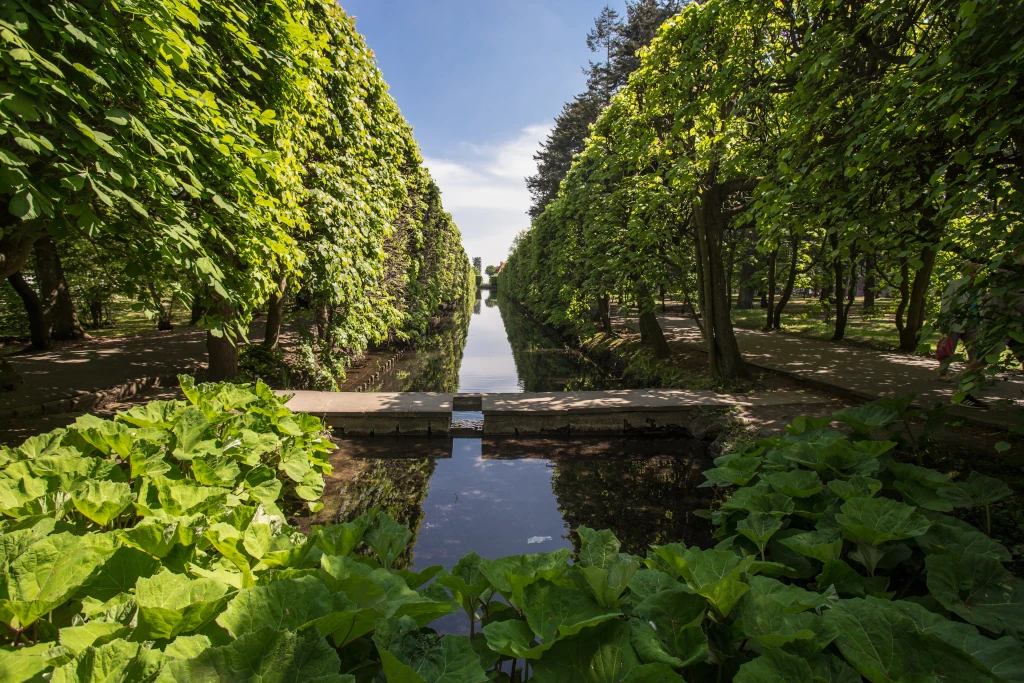


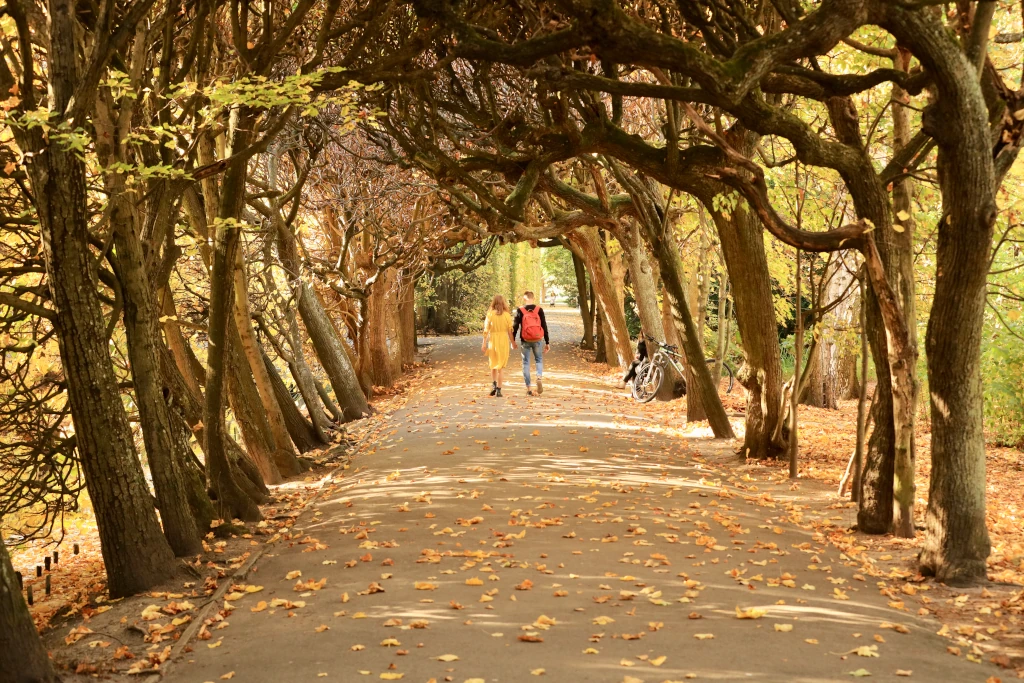
ZOO Gdansk Oliva
ZOO Gdansk Oliva is the largest zoological gardens in northern Poland. Here you will find many species of animals from all over the world, from exotic parrots to majestic lions to local forest species. Oliva Zoo is a great place for the whole family.
As you prepare for your visit to Gdansk, you should plan time to visit these places, which bear witness to the city’s rich history and culture, and enjoy its unique charm.
Metropolia Shopping Center
Right next to the Gdansk Wrzeszcz train station is a shopping mall that stands out from other shopping centers in that there is an amazing Food Hall, where you can find dishes of cuisines from all over the world. You will find there, among others, dishes of Spanish, Japanese, Greek, Italian, Georgian and many other cuisines.
Next door is the Kinguin Esports Lounge, so if you’re visiting Gdansk with your kids this could be a great way to spend some time. Your kids will find high-end computers, a great atmosphere and a great time.
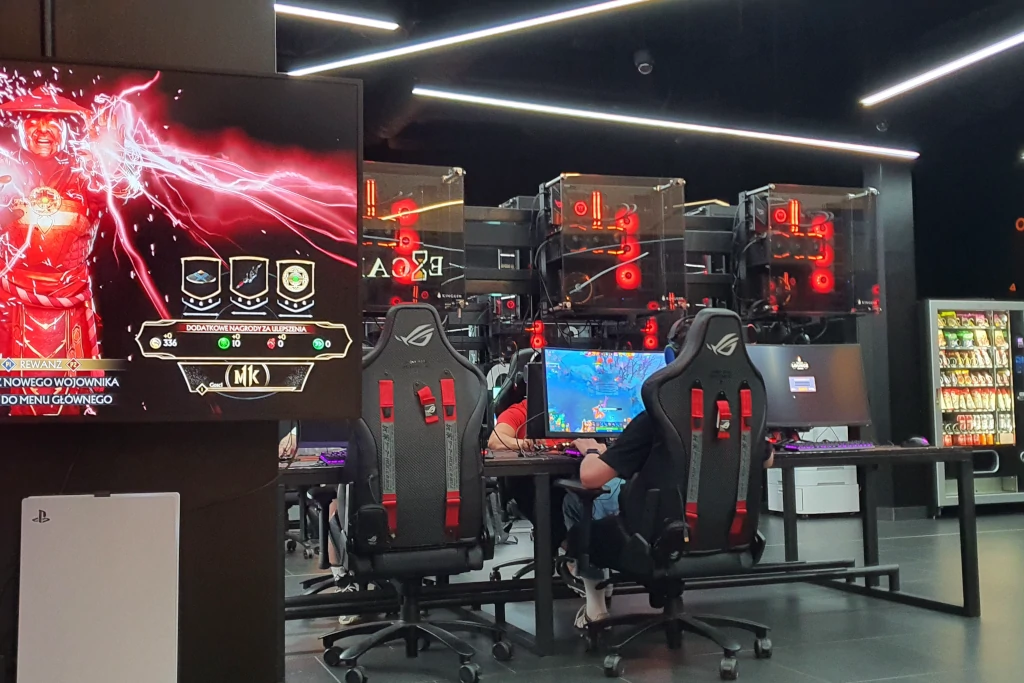
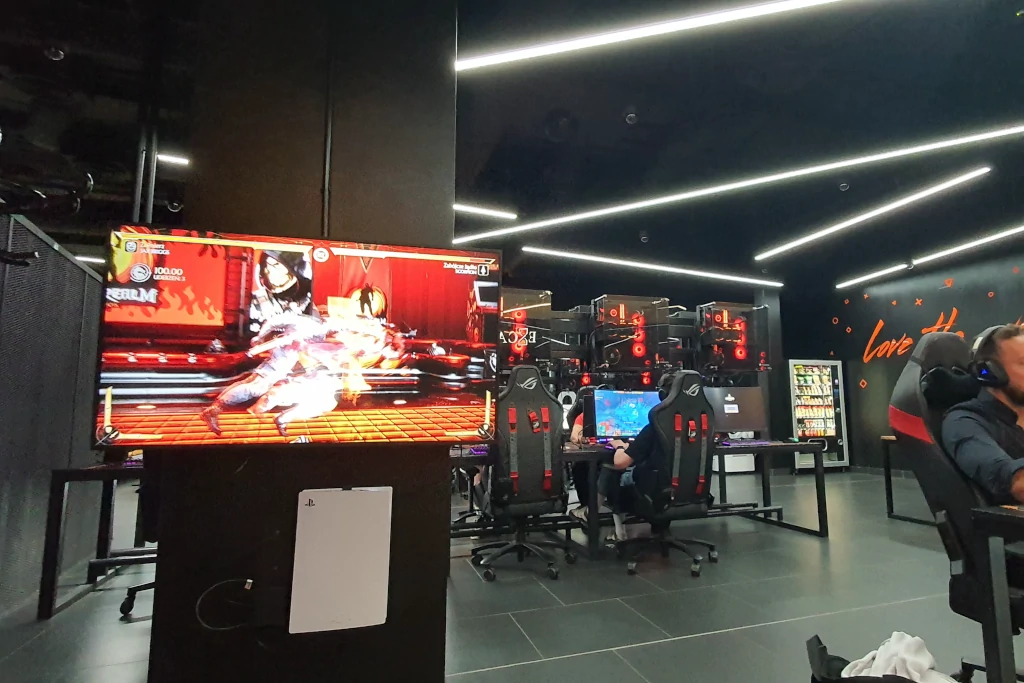
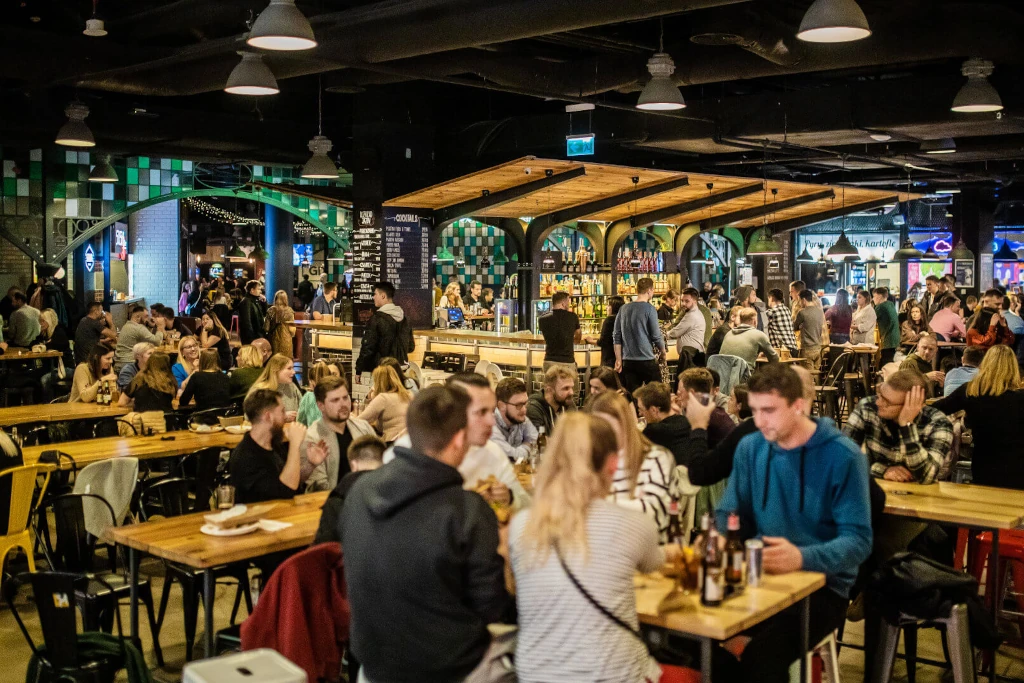
Culture and events
Gdansk is a city teeming with culture and the site of many events that attract locals and tourists alike. From festivals and concerts to theaters and the philharmonic hall, Gdansk has much to offer culture lovers.
Festivals
Dominican Festival
One of the most famous festivals in Gdansk is the Dominican Festival, which is one of the oldest and largest street festivals in Europe. The festival has its roots in medieval fairs and markets and has been celebrated for more than 750 years. Over the course of several days, the streets of the Old Town bustle with activity, filled with stalls selling a variety of goods, from handicrafts to local culinary specialties.
St. Dominic’s Fair
St. Dominic’s Fair is a traditional summer fair that has been held in Gdansk since the Middle Ages. It is one of the most important cultural events in Gdansk, attracting thousands of tourists. The fair offers a variety of attractions, from exhibitions of handicrafts and antiques to concerts, shows and workshops.

Theaters and Philharmonics
Gdansk is also home to many cultural institutions, such as theaters and philharmonics. The Wybrzeze Theater is one of the most important theaters in Poland, known for its production of high-quality plays. The Shakespeare Theater is a modern cultural center that hosts numerous performances, workshops and festivals.
The Frederic Chopin Baltic Philharmonic in Gdansk is a place that attracts classical music lovers. It houses a magnificent concert hall, and both local and international artists perform on stage.
Gdansk is a city that is alive with culture all year round. No matter when you decide to visit, you are sure to find something that will interest you and provide an unforgettable experience.
Architecture in Gdańsk
Certainly, the architecture of Gdansk is extremely diverse and is one of the city’s greatest attractions. From Gothic, Renaissance and Baroque to modernism and postmodernism, Gdansk’s architectural diversity is the result of its turbulent history and cultural diversity.
The city’s main attractions are the monuments of the Old Town, with its colorful, tall townhouses on Dlugi Targ and St. Mary’s Street, the Gothic St. Mary’s Basilica, and the Baroque Main Town Hall. These buildings, although destroyed during World War II, were carefully rebuilt and today form the heart of the city.
Another important element of Gdansk’s architecture is its monumental fortifications, which once surrounded the entire city and today are an important place for walking and recreation. Also worth mentioning is the Gothic Teutonic Castle in Malbork, located not far from Gdansk.
The 20th century also left its traces in the city’s architecture. During the interwar period, Danzig as a Free City developed dynamically, which resulted in the construction of many modern buildings in the modernist style.
Finally, Gdansk is also home to examples of modern architecture, such as the European Solidarity Center and the World War II Museum. These buildings, designed by contemporary architects, are an exciting new part of the city’s landscape.
In conclusion, the architecture of Gdansk is a true witness to its history and diversity. From medieval churches to Renaissance townhouses to modern museums, Gdansk offers a veritable feast for architecture lovers.




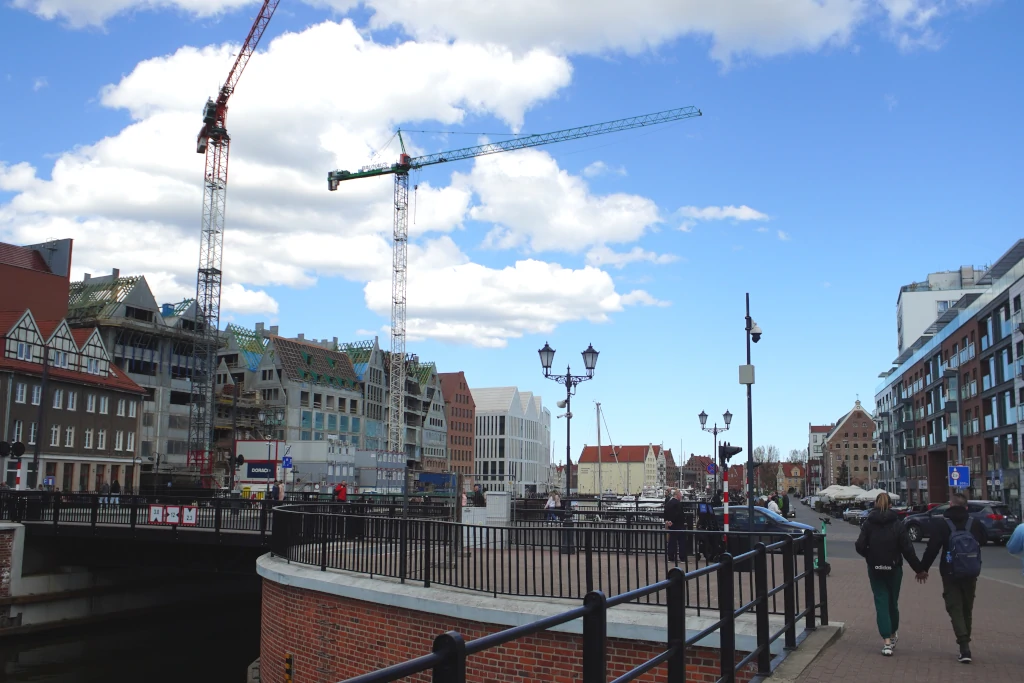
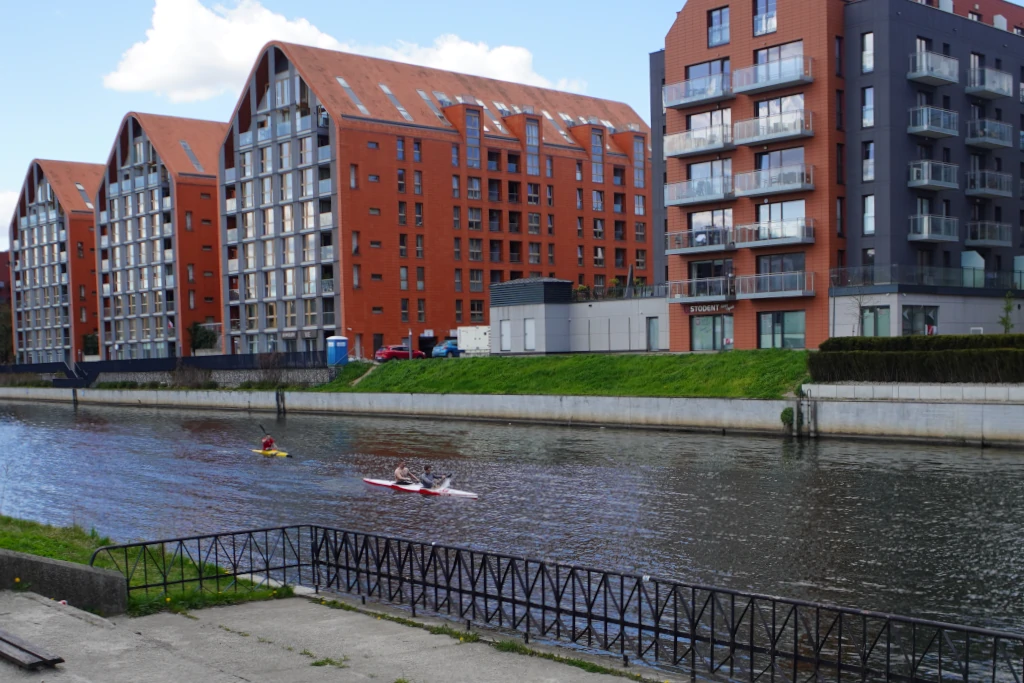
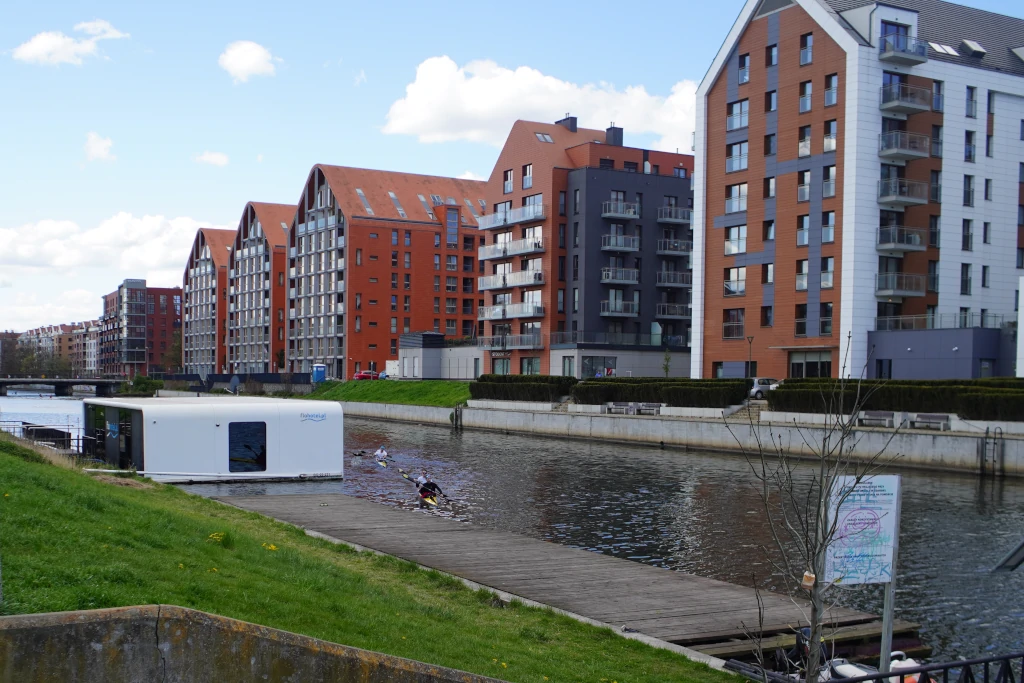
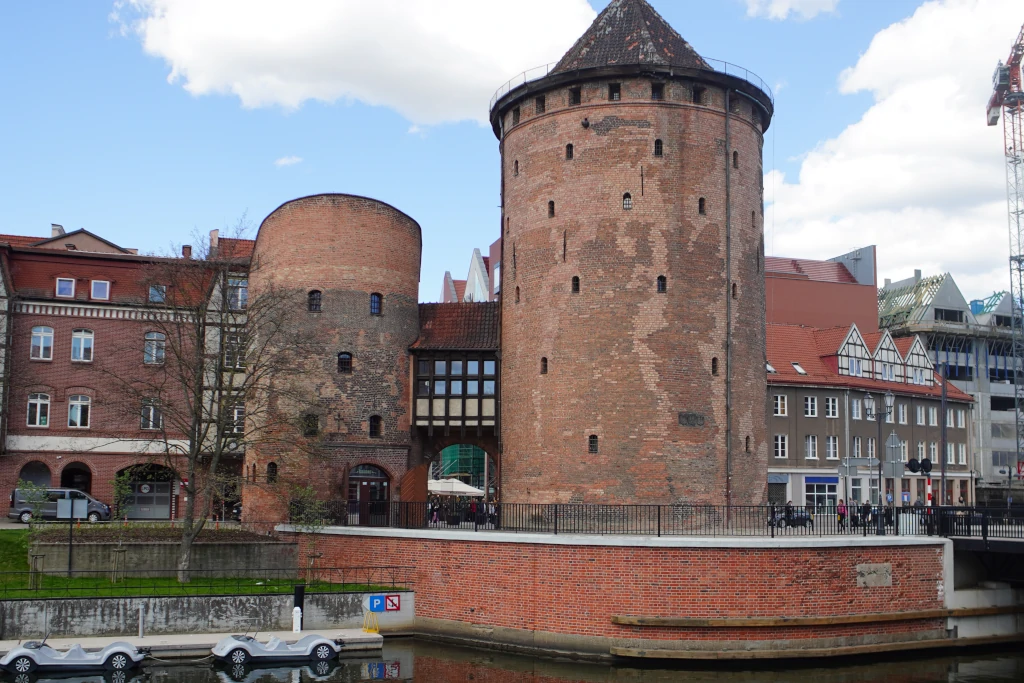
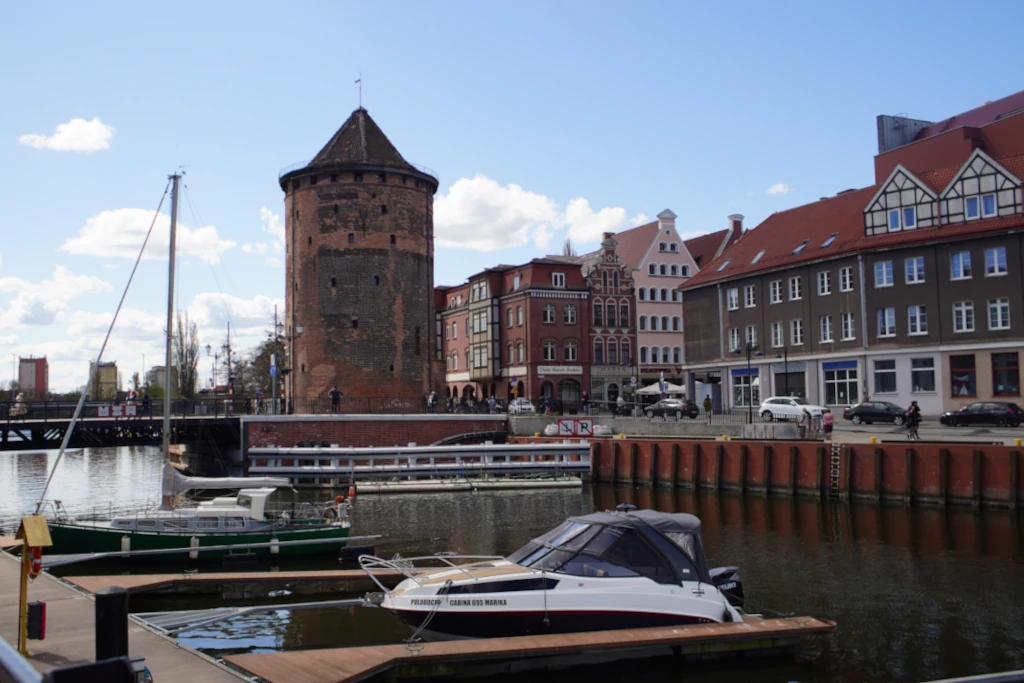

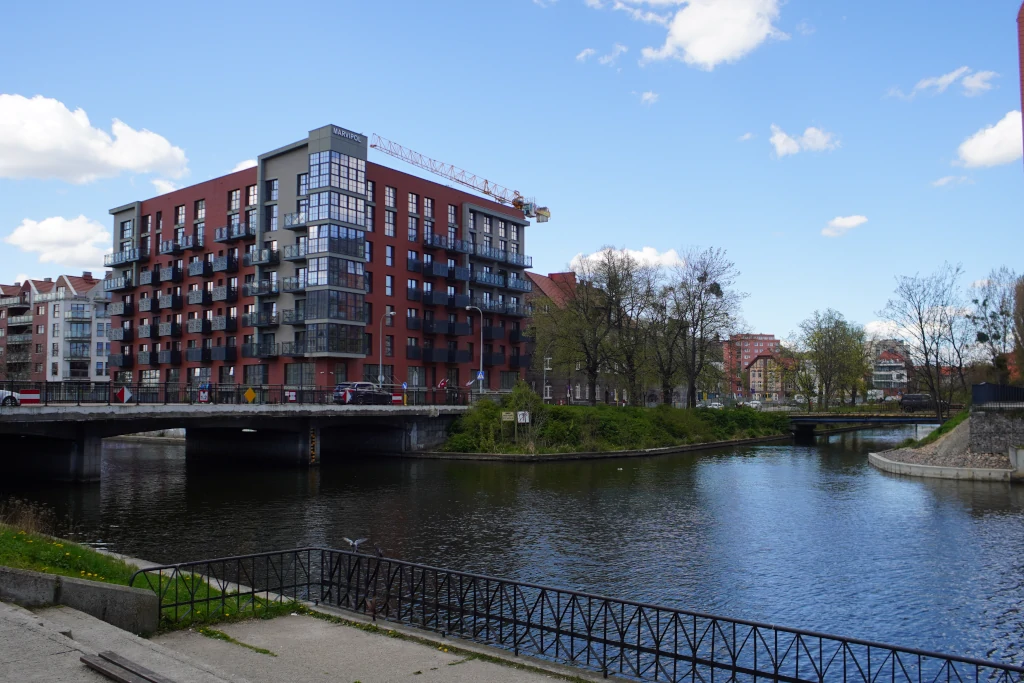
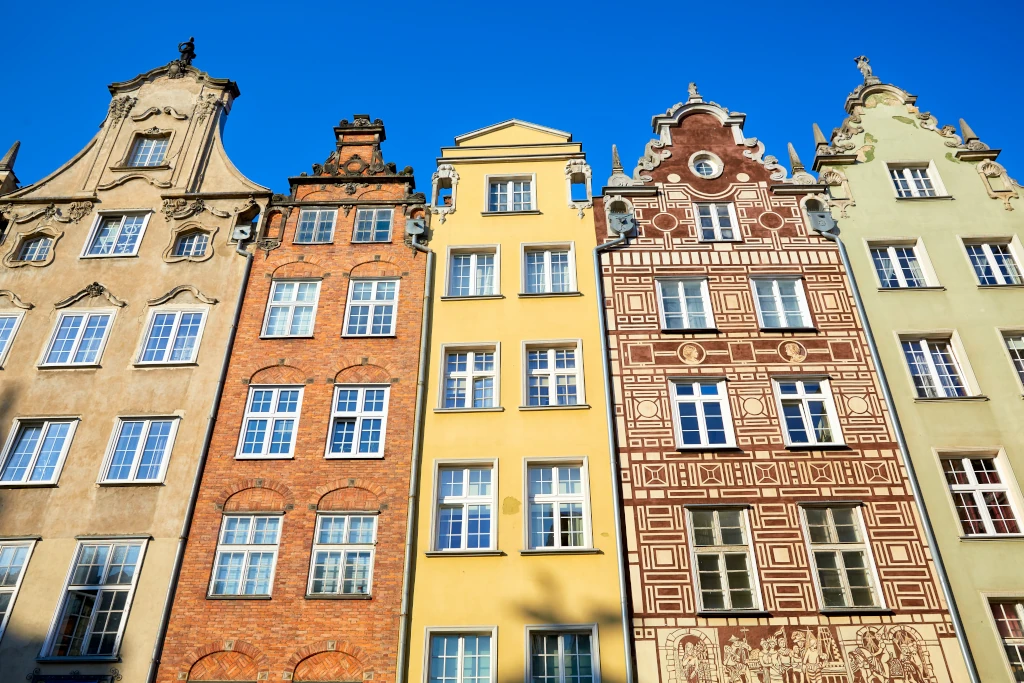

Culinary discoveries
Gdansk, like any city with a rich history and culture, has a lot to offer culinarily. From traditional dishes to modern interpretations, as well as a wide selection of restaurants and cafes, Gdansk is a true paradise for foodies.
Traditional dishes and specialties
One of the most characteristic dishes for the Gdansk and Pomeranian region is the so-called „goldwasser” – a liqueur with real gold flakes, the recipe of which dates back to the 17th century. An equally important element of Gdansk cuisine is the amber treasure of the Baltic, namely fresh fish. Especially popular are dishes made of cod, herring and flounder.
Pomeranian dumplings, especially those with black pudding and cabbage, are another dish worth trying while in Gdansk. Don’t forget soups – Pomeranian sourdough soup with white sausage and eggs, and red borscht with ravioli.
Best restaurants and cafes
Gdansk offers many exceptional places to eat and drink. Here are a few of them:
Restaurants
„Brovarnia Gdansk”: Located in the heart of the old city, this restaurant is famous for its excellent food and its own brewery. Here you can try traditional Polish dishes and delicious beer.
„Fish Market”: This place is a real paradise for seafood lovers. Fresh fish and seafood are the mainstay of the menu here.
„Biala”: Biala Restaurant is a place that combines traditional Polish flavors with a modern approach to cooking. The menu is seasonal and based on local ingredients.
„Sempre” is the perfect place if you are in the mood for real Italian food. Great pizza from a traditional wood-fired oven. Sempre has several restaurants in the old town of Gdansk.
„Chleb i Wino” (Bread and Wine) is a place you will recognize by the long line of people who are waiting for a free table. Great cuisine from all over the world, and great drinks have made Gdansk residents and tourists love this place.
Cafes
„Cafe Joseph K.”: This charming cafe, located close to St. Mary’s Basilica, is the perfect place for morning coffee and fresh pastries.
„Printing House”: This place is not only a cafe, but also a thriving print shop. The Printing House offers excellent coffee and delicious pastries in a unique atmosphere.
„Cafe Factotum”: Located in the heart of Gdansk, this place is famous for its friendly atmosphere, excellent coffee and homemade cakes.
„Pellowski” – a cafe and pastry shop with traditions. The company has many bakeries, but also a great pastry shop on Dlugi Targ, where you can have great breakfasts and wonderful waffles.
Gdansk is a city that will satisfy every gourmet. The richness of flavors and aromas, the variety of cuisines and the countless places to explore make every culinary discovery in this city a real pleasure.
Bars and clubs
It is worth mentioning that Gdansk also offers a rich nightlife scene. The city has numerous bars, pubs and clubs that attract both locals and tourists.
„Flisak ’76”: This stylish cocktail bar is known for its unique atmosphere and excellent drinks. It’s the perfect place for an evening out with friends.
„Electricians Street”: This is a popular street full of bars and clubs where there is something for everyone. From quiet pubs to lively nightclubs, Ulica Elektryków is the heart of nightlife in Gdansk.
„Klubogaleria Bunker”: This unusual club is housed in an authentic World War II-era bunker. The club’s offerings range from live concerts to DJ events to art exhibitions.
Gdansk is a city that never sleeps. With a wide selection of places to eat, drink and party until dawn, it is a place that is sure to attract anyone looking for an unforgettable experience.
Practical tips
When planning a trip to Gdansk, it’s worth reading some practical information that can help you organize your trip smoothly and have a comfortable stay.
How to get to/from Gdansk
Gdansk is well connected with both Poland and the rest of Europe. The main ways to get there are:
Plane: Gdansk Lech Walesa Airport serves many domestic and international flights. You can get from the airport to the city center by cab, rental car, or public transportation.
Train: Gdansk has regular train connections to many cities in Poland, as well as to some cities abroad. The main train station, Gdansk Glowny, is located in the heart of the city.
By car: Gdansk is located on the A1 highway, which connects northern and southern Poland. Remember, however, that there is a paid parking zone in the city center.
Communication in the city
Public transportation in Gdansk is well-developed and includes streetcars, buses and the fast urban railroad (SKM), which connects Gdansk with Sopot and Gdynia. Tickets are available at kiosks, ticket machines and in some vehicles.
SKM – high-speed urban rail works great, almost like the metro in Warsaw. Well, maybe a little slower, though, and train departures are every 30 minutes or so, but it’s still a very good way to get around between the three cities of the Tricity metropolitan area.
Tickets can be purchased on many apps, streetcars and buses run with great frequency. Another argument for choosing public transportation is the fact that it is hard to park a car in some places, and parking is charged from Monday to Sunday.
A new ticket purchasing system called „fala” (wave) will be launched in Gdansk as early as this summer. A highly technologically advanced system will be set up, and its central database will include passenger accounts, information on ticket prices, bus, streetcar, trolleybus and train routes and schedules.
Urban bicycles for rent are returning to Gdansk. After a hiatus of several years due to problems of the previous operator of the city bike rental service, bikes for rent by the minute will again appear in Gdansk. Gdansk (and the whole tri-city) has a great network of bicycle paths and moving around the city by bicycle is very convenient and pleasant.
As in all major Polish cities in Gdansk, you can rent electric scooters, and use Uber and other apps to order transportation.
Gdansk area
Gdansk, while an amazing place to explore in its own right, is also a great base for exploring the surrounding attractions. Here are some places to consider when planning trips out of the city.
Sopot and Gdynia – Tricity
Gdansk, along with Sopot and Gdynia, make up the so-called Tricity – a metropolitan area on the Baltic coast. Each of these cities has its own unique atmosphere and attractions.
Sopot is known as the pearl of the Polish coast, with its elegant Pier, beautiful beach and bustling Bohaterów Monte Cassino Street, full of cafes, restaurants and clubs. The Forest Opera, where numerous concerts and festivals are held, is also worth a visit.
Gdynia, on the other hand, is a modern city with an impressive harbor and an interesting Emigration Museum. Gdynia’s main beach is the perfect place for a relaxing day by the sea.
Malbork – Teutonic Castle
About an hour’s drive south of Gdansk is Malbork, home to the largest Teutonic castle in the world. This impressive castle, a UNESCO World Heritage Site, is a true treasure of medieval architecture. It’s worth spending a full day exploring its walls, towers and rooms full of historical artifacts.
Hel Peninsula
If you’re a fan of nature and beaches, be sure to head to the Hel Peninsula. This narrow strip of land, stretching north from Gdansk, offers miles of beautiful sandy beaches and numerous attractions, such as the seal sanctuary in Hel and the lighthouse in Rozewie. It can be reached by train or car, and boat cruises are also available during the summer season.
Gdansk and its surroundings offer a variety of attractions for every type of tourist. Whether you are interested in history, culture, nature or beachcombing, you are sure to find something to your liking.
Other relevant inofrmations about experiencing Gdansk
Why you should visit Gdansk
While writing this guide, our hearts were filled with longing for the amazing city that is Gdansk. From its rich, complex history, to its unique architecture and fascinating museums, to its delicious cuisine and energetic festivals, Gdansk is a city that has something to offer for everyone.
When you visit Gdansk, you will learn about the city’s centuries-old history, which is deeply connected to European history. By visiting museums such as the World War II Museum and the European Solidarity Center, you will understand the impact of these events on the formation of today’s Poland and Europe.
Gdansk is also a city of beautiful monuments, with distinctive townhouses and picturesque streets of the Old Town. Walking along Dlugi Targ, admiring the Neptune Monument or observing the city from the tower of St. Mary’s Basilica, you will feel the atmosphere of this extraordinary city.
In Gdansk you can also enjoy local flavors – from traditional gingerbread to fresh fish straight from the Baltic Sea. And in the evening, numerous bars and clubs offer a rich nightlife.
Finally, Gdansk is a great base for exploring the surrounding area – from elegant Sopot and modern Gdynia, to historic Malbork and the beautiful beaches of the Hel Peninsula.
All in all, Gdansk is a city full of life, culture and history waiting for you to discover it. No matter what you are looking for in a trip, Gdansk is sure to offer it to you. We look forward to seeing you in Gdansk!
Finally some photos from you



